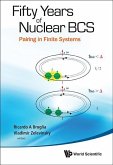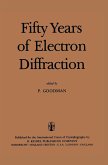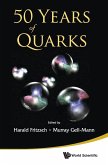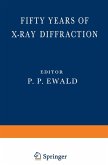This book provides an overview of the evolution of Rydberg physics over the past 50 years, highlighting key advances in the field and the new avenues of research they have spawned. The practical applications that have emerged from this work are also discussed.Rydberg atoms -- atoms in which one electron is excited to a high-lying excited state -- possess unusual physical properties. They are very large, only weakly bound, and easily perturbed by external fields. Many of the reactions that occur during their interactions with other atoms and molecules are unique to Rydberg atoms and provide a new window into processes such as electron-molecule scattering, resonant collisional energy transfer, the creation of dipole-bound anions, and charge transfer at surfaces. Their response to one or more short pulsed electric fields makes it possible to engineer the atomic wavefunctions and create 'designer' atoms tailored for use in studies of chaos and quantum-classical correspondence. Their sensitivity to external fields is also exploited for applications in quantum sensing. Rydberg states are foundational to the creation of a variety of ultralong-range molecules whose size and binding mechanisms are very different from those of 'typical' molecules. Rydberg atoms interact strongly with one another through controllable long-range interactions, which now underpin many studies in quantum electrodynamics, quantum simulation, and quantum information processing. In chronicling these key discoveries, this book offers an enlightening account of Rydberg atom research, a field that continues to expand into new and exciting areas.
Bitte wählen Sie Ihr Anliegen aus.
Rechnungen
Retourenschein anfordern
Bestellstatus
Storno








